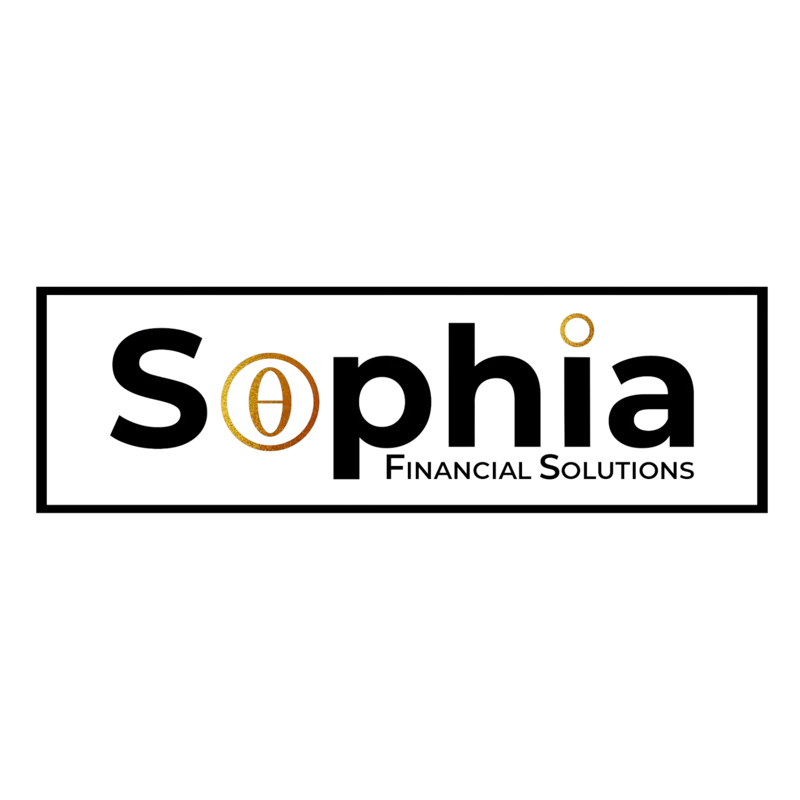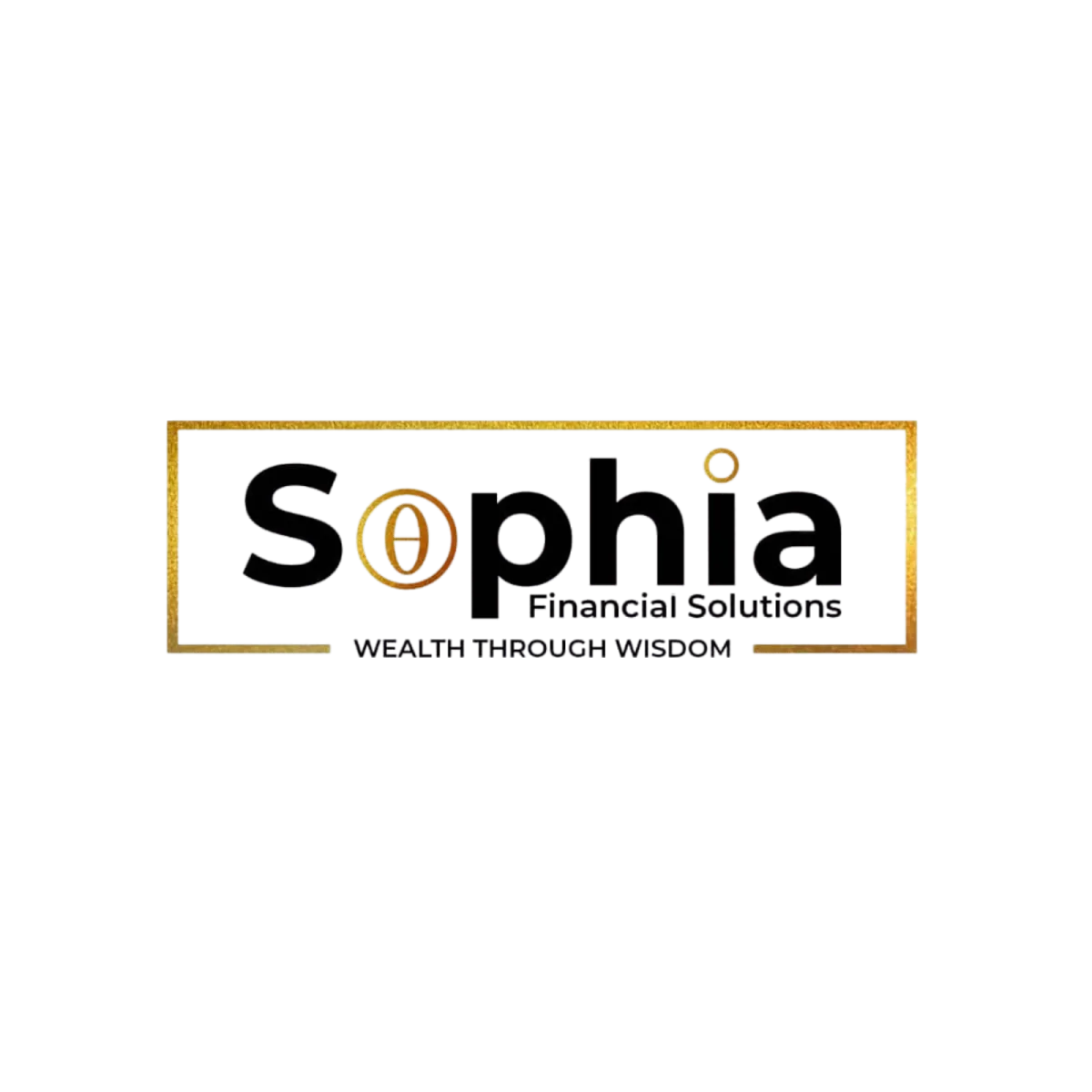The Silent Threat:
How Taxes Can Devour Your Retirement Savings
By Sophia Financial Solutions | Published: Feb 1, 2025
The Tax Time Bomb Few Retirees See Coming
Most Americans spend their working years focused on how much they can save for retirement, not how much they’ll actually keep. With trillions tucked away in tax-deferred retirement accounts like 401(k)s and traditional IRAs, there’s a widespread illusion of wealth...until Uncle Sam takes his share. What if the real threat to your retirement isn’t a market crash, but the slow erosion of your nest egg through taxes you never accounted for? This guide will walk you through why the future tax burden could be far higher than you expect, how that impacts your income and, most importantly, what you can do about it before it’s too late.
Why the "Lower Taxes in Retirement" Myth Persists
For decades, financial professionals assured clients they’d retire in a lower tax bracket. That's certainly the assumption I held for decades. But here’s the problem: the assumptions that supported that idea no longer hold up in today’s world. You may not have as many deductions in retirement and, as a prime example, if your mortgage is paid off you will have lost the interest deduction. You also might not be contributing to pre-tax retirement accounts any longer. And with the impact of inflation and a desire to travel and truly enjoy the free time they've worked so hard for, many retirees are spending more, not less. The result? Many find themselves in the same tax bracket or worse...a higher one.
The Rising Tide of National Debt
The U.S. national debt is quckly approaching $37 Trillion. To manage this, future administrations will have two levers: reduce spending or raise revenue. Historically, the U.S. has leaned heavily on raising taxes during times of financial strain. The Tax Cuts and Jobs Act of 2017 is already set to expire at the end of 2025, potentially returning marginal tax brackets to pre-2017 levels. So, if you're deferring taxes today in a low-tax environment, there's a good chance you’ll be withdrawing in a much higher one tomorrow. And whether taxes go up, remain unchanged or, if you can fathom it, go down, there's always the question of whether it's best to pay taxes on the seed or harvest. Which on would you prefer?
How Tax-Deferred Accounts Work Against You
Tax-deferred accounts like 401(k)s and traditional IRAs avoid tax deduction today, but you pay income tax on every dollar you withdraw in retirement. If your account grows substantially, that's great...right? Not so fast. Now you’re withdrawing larger amounts, triggering higher income taxes, and potentially impacting your Social Security taxation, Medicare premiums (through IRMAA surcharges) and your eligibility for other deductions or credits. It’s a domino effect that can decimate your spendable income.
Required Minimum Distributions (RMDs) – The IRS’s Way of Getting Paid
As of 2025, at age 73 RMDs begin. This is the IRS’s way of ensuring you start paying taxes on your tax-deferred money. Even if you don’t need the income, you are required to take the withdrawal. And the more your account grows, the larger your RMD becomes. RMDs can push you into a higher tax bracket or increase your Medicare premiums. You spent years growing your nest egg and RMDs are how the IRS cashes in. How do you feel about having that little control over your money?
Social Security Taxation and Medicare Means Testing
Did you know that up to 85% of your Social Security benefits can be taxed? This happens when your “provisional income” (which includes half of your Social Security and all IRA/401(k) withdrawals) crosses a certain threshold. And then there's Medicare means testing, which means that your Part B and Part D premiums can increase significantly if your income surpasses specific limits. This is all thanks, again, to those taxable retirement account withdrawals.
Tax Diversification Is the New Smart
Just as you diversify your investments to reduce risk, you should also diversify your tax exposure. That means building three buckets of retirement funds: taxable (brokerage accounts), tax-deferred (401(k) and traditional IRA) adn tax-free (Roth IRA, IUL, HSA). Most Americans' portfolios are heavily overweighted in tax-deferred accounts, setting themselves up for higher taxes later. Rebalancing into tax-free assets now can make a dramatic difference.
The Roth Conversion Window
Roth conversions allow you to move money from a traditional IRA or 401(k) into a Roth IRA and result in paying tax now so you can enjoy tax-free income later (that seed vs. harvest concept mentioned above). With tax rates likely to rise, 2025 may be your last chance to do this at historically low rates. Use this strategy strategically: (1) convert just enough of your retirement savings to stay within your current bracket, (2) combine with charitable giving to offset tax liability and (3) spread conversions over several years for efficiency.
Life Insurance as a Tax-Free Growth Vehicle
Permanent life insurance, such as Indexed Universal Life (IUL), offers a unique trifecta: tax-deferred growth, tax-free access to your money via policy loans and a tax-free death benefit. For clients who are healthy and planning long-term, an IUL can be an incredibly powerful supplement to traditional retirement income strategies. Unlike Roths, there's no income or contribution cap and policies can be designed primarily for cash accumulation, not just death benefit.
A Real-World Case Study
Meet James and Karen, both 62, who retired with $900,000 in their 401(k)s. Initially thrilled, they quickly realized that every $1,000 withdrawal was taxed, reducing their spendable income to about $750. When RMDs began, they were forced into a higher tax bracket and saw their Medicare premiums jump. Worse yet, they didn’t qualify for certain deductions and lost tax efficiency across the board. After working with a financial professional, they implemented a partial Roth conversion strategy, started an IUL, and reduced their future tax exposure, which resulted in preserving more of their income and giving them considerably more control.
What You Can Do Now
Here are practical next steps. First, evaluate your current tax-deferred exposure. Second, start Roth contributions or conversions early. Third, explore IULs and tax-free income tools. Fourth, coordinate retirement withdrawals for tax efficiency. Finally, work with a specialist who understands tax-smart planning and you feel comfortable is focused on your goals.
It’s Not Just What You Earn—It’s What You Keep
You’ve worked hard to build your retirement savings. Don’t let avoidable taxes quietly erode the fruits of your labor. With the right strategy, you can reclaim control, reduce your future tax bill, and keep more of what’s yours. Ready to explore tax-free retirement strategies? Book a consultation with Sophia Financial Solutions today and let's work toward a plan that gives you greater peace of mind that you'll keep what's rightfully yours.
Don't take our word for it, Hear from our clients


George Owens

"Sophia Financial Solutions gave me clarity and confidence about my retirement for the first time. Brad took the time to walk me through tax-free strategies I didn’t even know existed. I moved forward with an IUL and I’m already seeing how it’s going to benefit me long-term. I highly recommend booking a consultation—you won’t regret it."

Max Tanner

"I came to them drowning in debt and skeptical of anything ‘too good to be true.’ But their Debt 2 Wealth plan completely changed how I manage my money. I’m on track to be debt-free years sooner, and I’m even building savings at the same time. This isn’t just another financial firm—they actually care and educate you."

Kim Wexler

"As a single mom planning for the future, I was overwhelmed by all the noise out there. Brad was kind, patient, and extremely knowledgeable. He helped me set up a college savings plan and a life insurance policy that builds cash value. I finally feel like I have a real plan for my kids and my future."

Billy Jackson

"What impressed me most was how personalized everything was. It wasn’t just about selling a product—it was about building a strategy that fit my goals. We discussed my 401(k) rollover options, tax-free income, and how to set up guaranteed income in retirement. I’ve already referred two coworkers."

© 2025 Sophia Financial Solutions - All Rights Reserved
